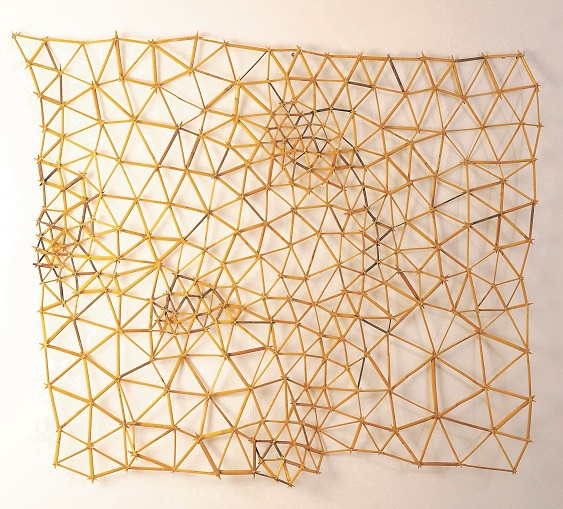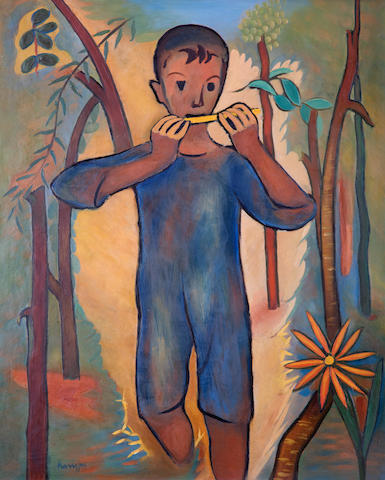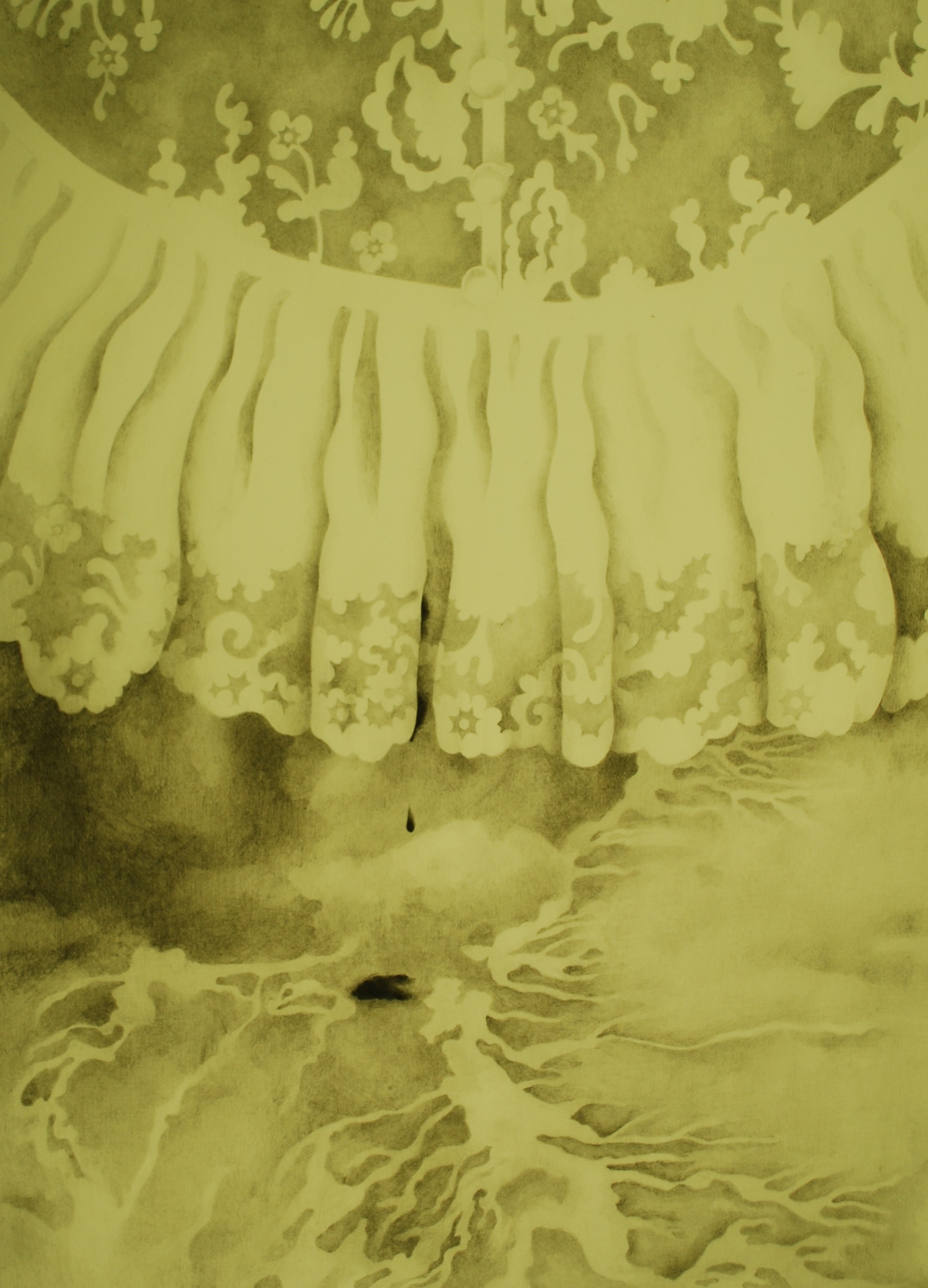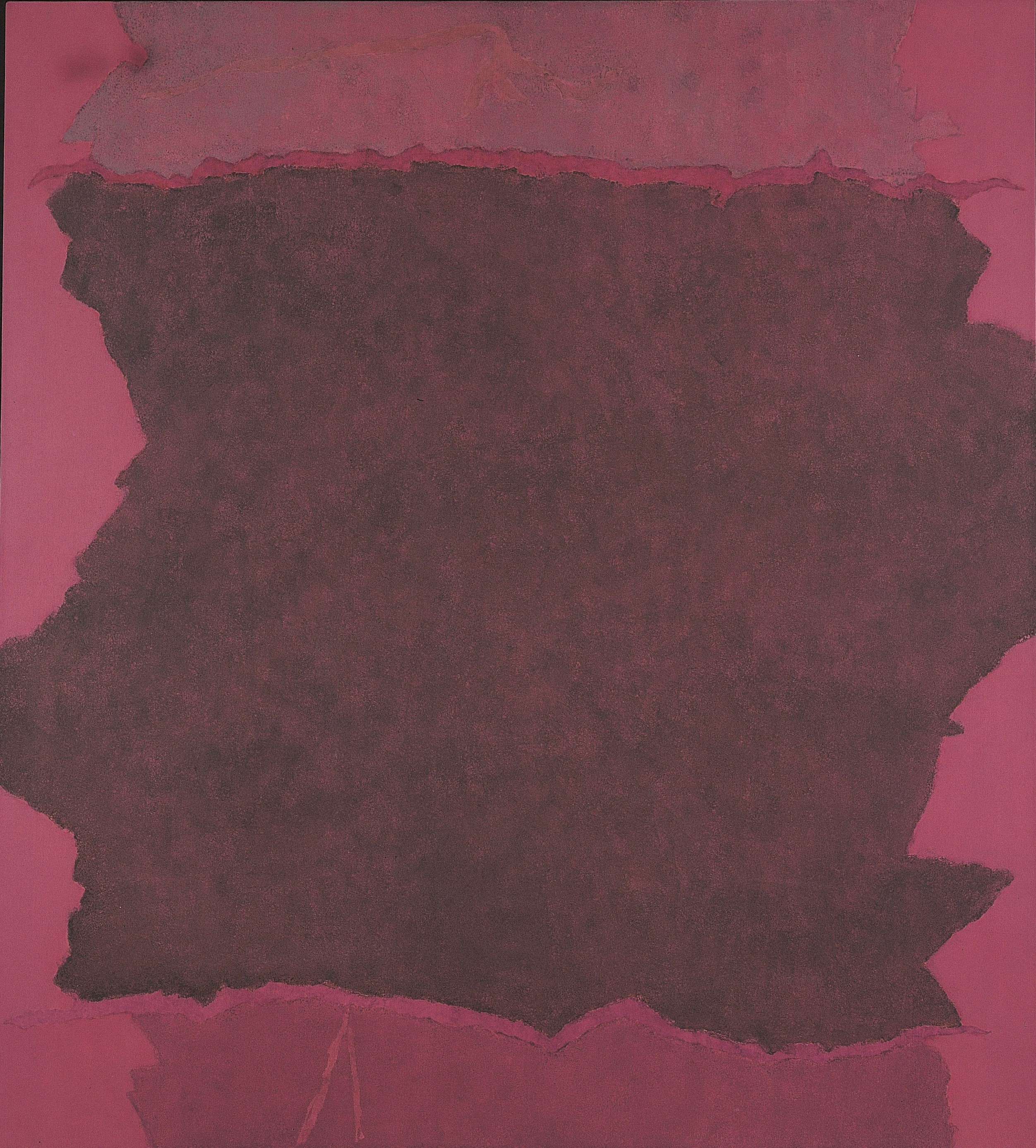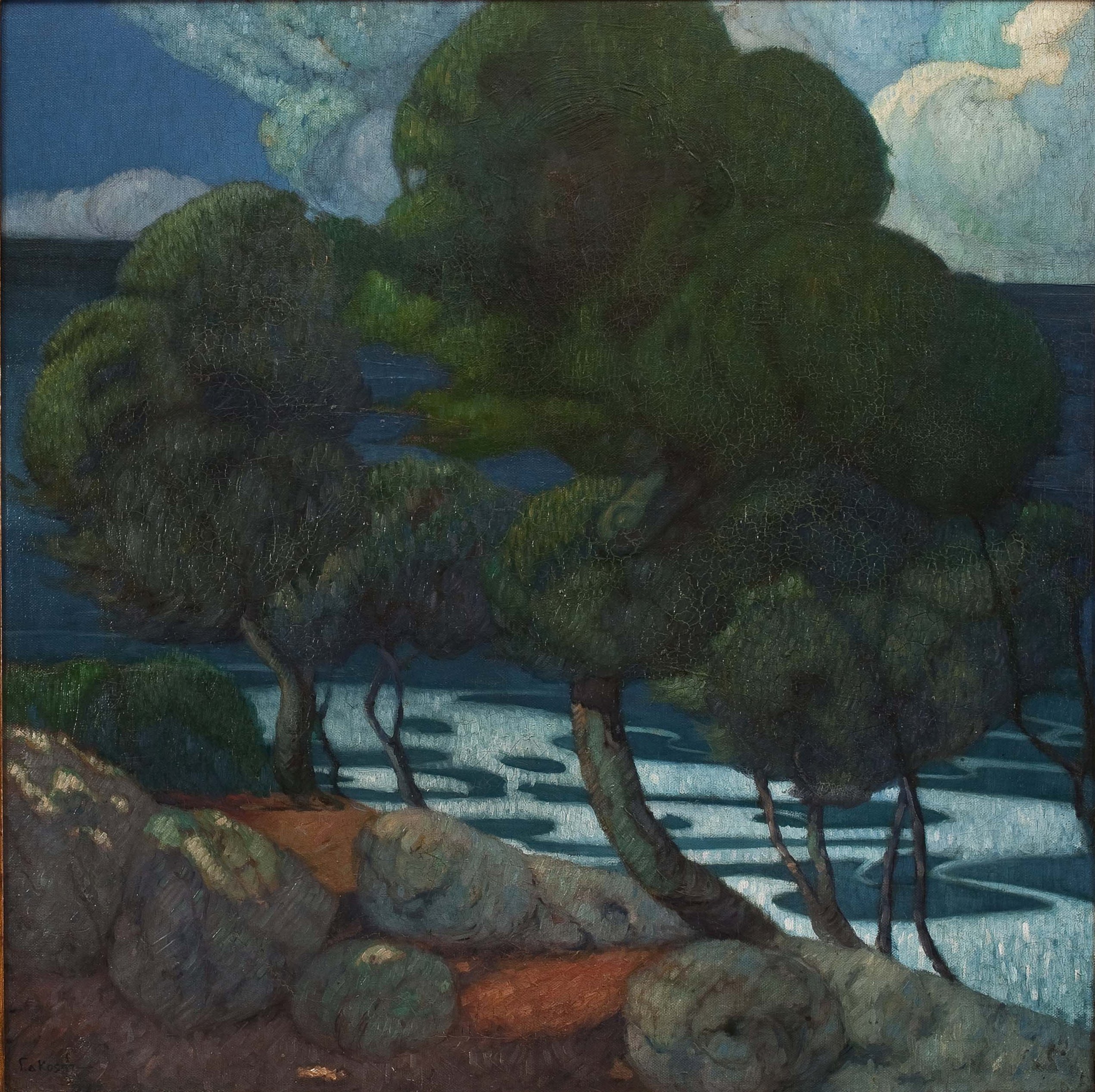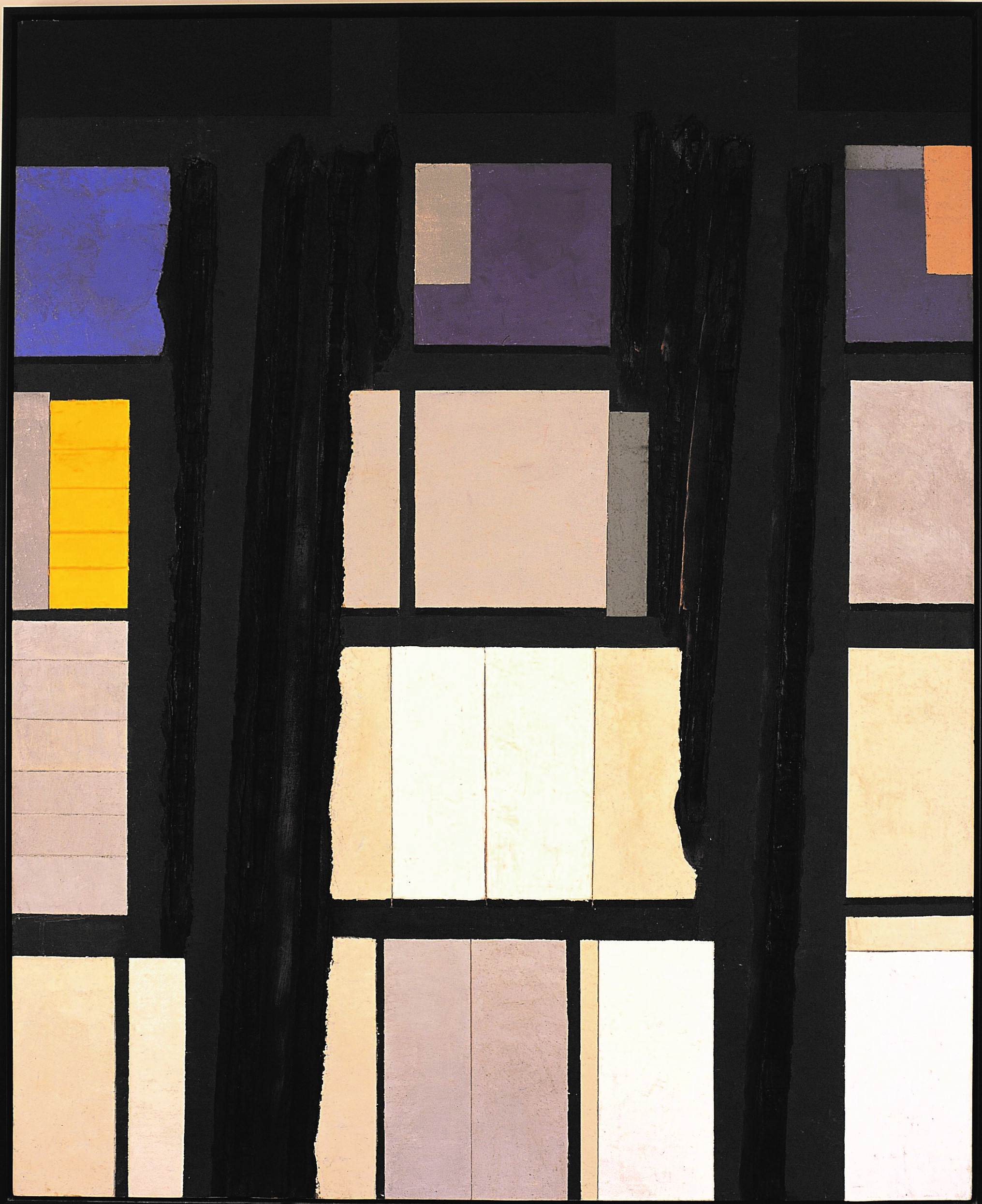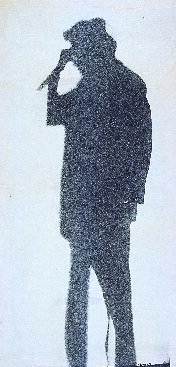Nikos Alexiou, The Grid
The Grid is an assemblage by Nikos Alexiou, made of reed canes and string. Nikos Alexiou was a leading figure of modern-Greek art. He created dream-like pieces using humble materials, inspired by nature and tradition. In 2007, he represented Greece at the Venice Biennale. The Grid, as is the case with some other of his pieces, is a tribute to light and movement.
Humbleness of materials
The assemblage The Grid is made of reed canes and string. The cane, linear by nature, is continuously mutated through repetitive, unexpected combinations. This creates a maze-like field, where gap and matter alternate places.
With the obsession of a labourer and the concentration of a monk, Alexiou transformed these humble materials into a particularly elegant and poetic mental construction.
The piece is part of a sequence titled Grids that Alexiou had started working on in the early 1990s. They are sketches, assemblages made of straws or string, and installations made of paper or metal, in different sizes.
Art made of light
The factor of light becomes a central tool. Alexiou has skilfully used light to accomplish 2 objectives:
- Highlight the materiality of the assemblage, via the graphic shadows that are formed against the wall.
- Dematerialise the forms.
The audience, through an intensely laborious and tangible construction, moves into a space beyond the boundaries of materiality, which eventually becomes accessible.
Symbolism in the assemblage
As the artist eloquently put it: “A grid in space is a diagram in space, so that something can pass through it: Air, dust, light, a gaze.”
The piece seems to be constantly moving, owing to its light materials and method of assembly. This movement, however imperceivable, composes a constantly changing, living image.
In this continuous transformation, nothing is ever static. Forms and meanings are in a fluid state. This fluidity is the main symbolism of the piece.
His life in a nutshell
Nikos Alexiou (1960-2011) was born in Rethymno, Crete.
He studied at the Akademie der Βildenden Kunste in Vienna (1982-1983). He then enrolled at the Athens School of Fine Arts. He studied at the Engraving Workshop of the painter and engraver Kostas Grammatopoulos.
Alexiou also worked as a set designer, mainly in Greece. He worked with Dimitris Papaioannou’s Edafos Dance Theatre and other notable theatrical troupes.
Artistic influences
In 1995 Alexiou visited Mount Athos for the first time and that visit became a landmark in his career. The spirituality, mystery, asceticism and metaphysics deeply affected his works.
He was particularly inspired by certain motifs of the Monastery of Iviron at Mount Athos, such as the mosaics and the ecclesiastical architecture. He reproduced those motifs in his assemblages, using a variety of media.
Favourite themes
The 2 main pillars of Nikos Alexiou’s works are:
- Nature, which he showcases through the ingenious use of primary materials, such as reed cane or paper.
- Tradition, which he showcases with various media, such as a fine, crafty assemblages or a merger with advanced technology.
As his work evolved, his interest gradually turned to natural phenomena, and mainly:
- The movement and reflections of light.
- The analysis of white light.
- The iridescence of water and other surfaces.
Humble materials
Right from the start and throughout his career, Nikos Alexiou focused on simple materials, such as stone, wood and mud. He had an innate skill for handling these humble materials.
He became widely known mostly by his lacey papercut motifs, his paper curtains and his grids/frames made of reed cane.
These pieces could stand autonomously or grouped in pictures that tied harmoniously with each other.
A recognised artist
Nikos Alexiou was one of the most prominent representatives of modern-Greek art.
He presented his works for the first time in the mid-1980s, at the historic art gallery Desmos. That was when he started leaving his personal mark on the art scene.
He held more than 15 solo exhibitions and also participated in group exhibitions. He represented Greece in important art events abroad, such as the Alexandria Biennale (2005) and Venice Biennale (2007).
An important asset
The Grid by Nikos Alexiou is part of the Alpha Bank Art Collection. It is a typical sample of the artist’s never-ending preoccupation with space and light.
The piece hang at the Alpha Bank Training Centre in Agios Stefanos until the summer of 2021.
It has been presented in exhibitions of the Alpha Bank Art Collection in Rethymno (2016), Larissa (2017) and Thessaloniki (2018).
The work of art in our publications
The assemblage The Grid by Nikos Alexiou is referenced in the Alpha Bank publications:
- The Works, the Landscape, the Buildings. Works of Art at the Alpha Bank Premises in Agios Stefanos(only available in Greek). The publication consists of rich photographic material and accompanying texts on modern art pieces included in the Alpha Bank Art Collection.
- The Alpha Bank Collection. Greek Art from 1960 until Today. The publication accompanied the exhibition held at Warehouse B1, Port of Thessaloniki, in 2018.
In other literature
The piece is featured in Denys Zacharopoulos’ book, Beltsiou Collection. The Pioneers. A View of Greek Art in the 2nd Half of the 20th century, Futura Publications, 2004 (in Greek).
The book features representative works by 49 prominent artists of post-war Greece.
The Alpha Bank Art Collection is not open to the public.
Research visits to the Art Collection can be organised upon request.
Contact us to book your visit.
